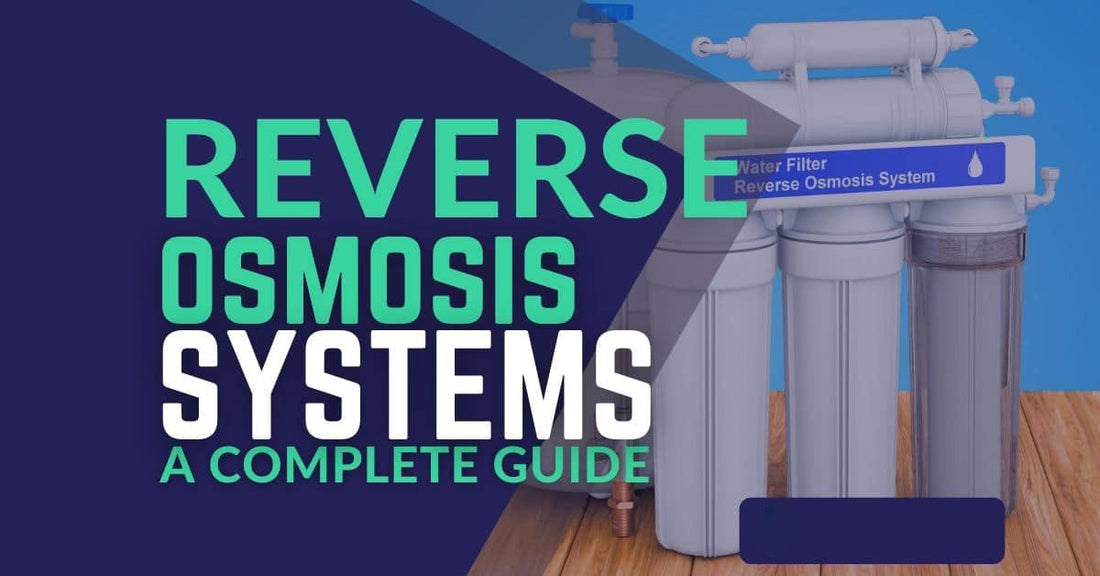
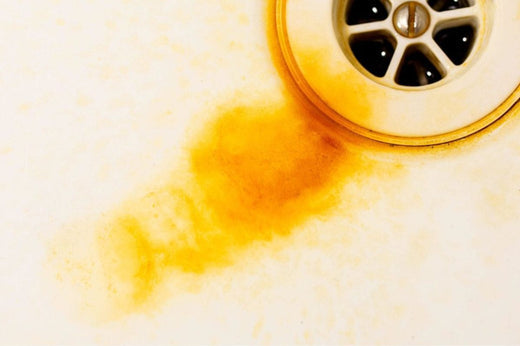

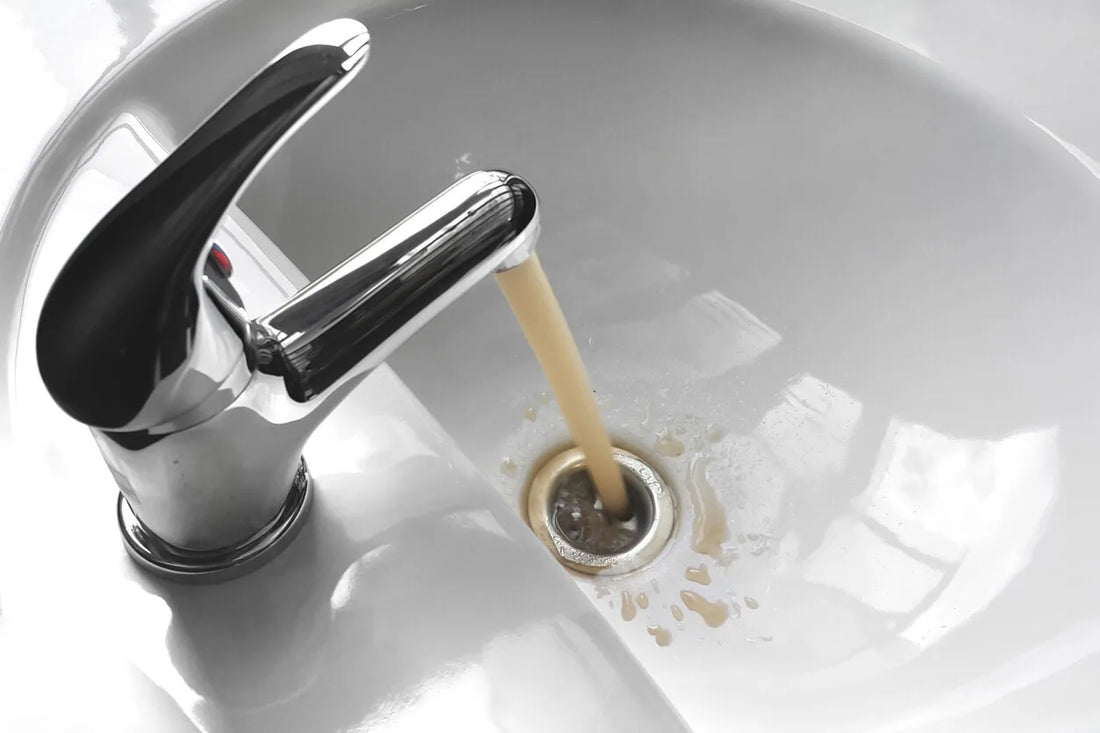
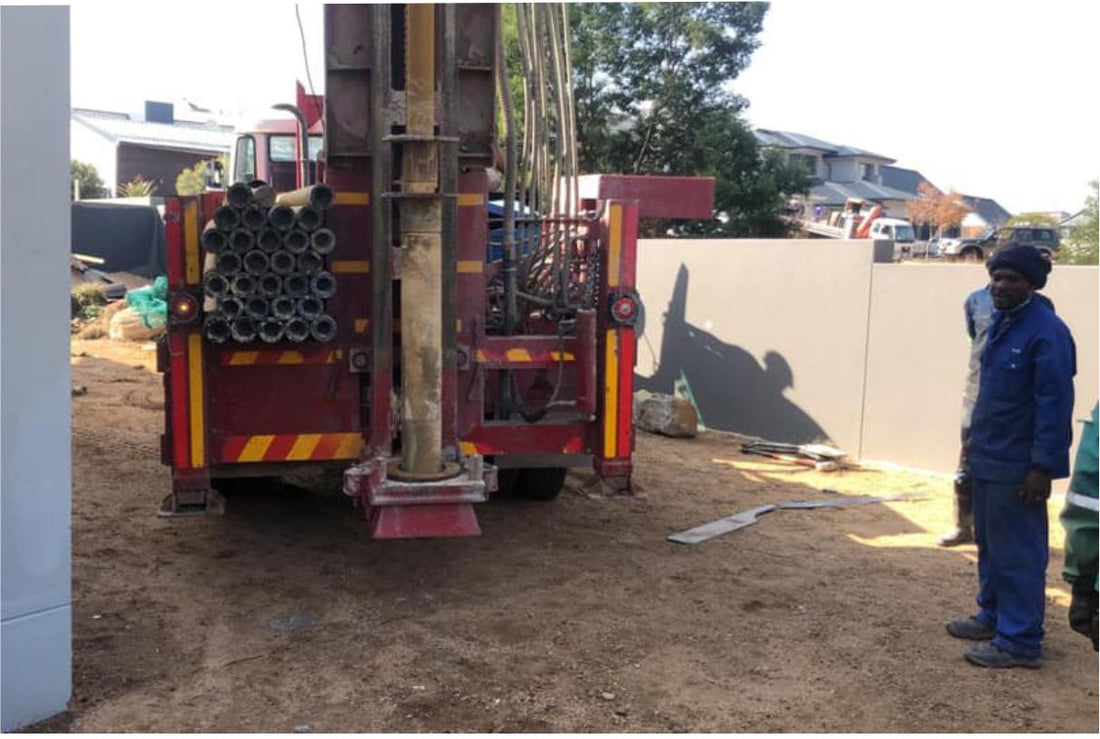
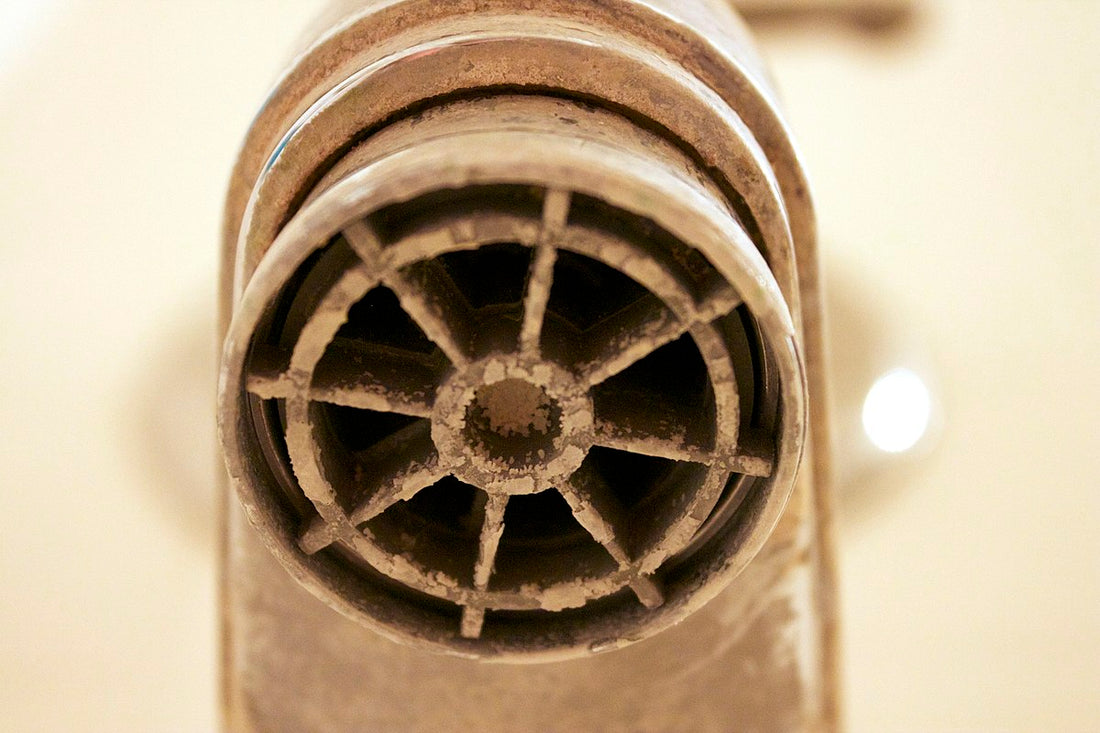

Reverse Osmosis Systems: The Ultimate Guide to Pure Water in 2025
Access to clean, safe drinking water is essential for health, and one of the most effective ways to achieve this is by installing a reverse osmosis system. In this comprehensive guide, we’ll walk you through everything you need to know about reverse osmosis (RO) — from how it works to how to choose the best system for your home or business.
What Is a Reverse Osmosis System?
A reverse osmosis system is a type of water filtration system that removes impurities, chemicals, and contaminants from water by using a semipermeable membrane. It’s widely recognized for its ability to deliver ultra-pure, great-tasting water by filtering out up to 99% of total dissolved solids (TDS).
Used in both residential and commercial settings, RO systems are popular for providing reliable, high-quality water without the need for bottled alternatives.
How Does a Reverse Osmosis System Work?
The magic of reverse osmosis lies in its layered filtration process. Here’s a step-by-step breakdown:
-
Pre-Filtration Stage
Water first passes through sediment and carbon filters to remove large particles like sand, dirt, chlorine, and rust that could damage the RO membrane. -
Reverse Osmosis Membrane
The heart of the system, the RO membrane, removes dissolved solids, heavy metals (like lead, arsenic, mercury), nitrates, fluoride, and more microscopic impurities. -
Post-Filtration
A carbon post-filter polishes the water, removing any residual odors or tastes, ensuring clean, crisp flavor. -
Storage Tank
Purified water is stored in a pressurized tank so it's readily available when you need it. -
Dedicated Faucet
A separate faucet is installed at your sink to provide purified RO water on demand.
What Contaminants Does Reverse Osmosis Remove?
Reverse osmosis is effective against a wide variety of harmful substances, including:
- Heavy metals (lead, chromium, arsenic, cadmium)
- Fluoride
- Nitrates and nitrites
- Chlorine and chloramines
- VOCs (volatile organic compounds)
- Bacteria and viruses
- Pesticides and herbicides
- Sulfates and phosphates
- Microplastics
Benefits of Reverse Osmosis Systems
✅ 1. Superior Water Purity
RO systems remove up to 99% of harmful contaminants, delivering water that’s not only safe but also free from unpleasant tastes and odors.
✅ 2. Great Tasting Water
Say goodbye to metallic or chlorinated aftertastes. RO water is clean, crisp, and refreshing.
✅ 3. Healthier Living
Clean water contributes to better digestion, clearer skin, and improved overall health. It’s especially important for people with compromised immune systems.
✅ 4. Cost-Effective
With an RO system, you can stop spending on bottled water. It’s a one-time investment with long-term benefits.
✅ 5. Eco-Friendly
Reduce plastic waste by eliminating the need for bottled water. RO systems are a sustainable solution for environmentally conscious households.
✅ 6. Low Maintenance
RO systems are easy to maintain — just change filters regularly and sanitize annually.
Types of Reverse Osmosis Systems
Choosing the right type of RO system depends on your needs and available space.
🏡 1. Under-Sink RO Systems
Perfect for home kitchens, these systems fit under the sink and come with a separate faucet. They’re discreet, efficient, and easy to install.
🧳 2. Countertop RO Systems
Ideal for renters or small households, countertop units connect directly to a faucet and don’t require permanent installation.
🏢 3. Commercial RO Systems
Designed for businesses, restaurants, hotels, and labs, commercial RO systems handle high volumes of water and offer advanced filtration capabilities.
Reverse Osmosis vs Other Water Filters
| Feature | Reverse Osmosis | Carbon Filter | UV Purifier |
|---|---|---|---|
| Removes Heavy Metals | ✅ | ❌ | ❌ |
| Removes Fluoride | ✅ | ❌ | ❌ |
| Removes Microbes | ✅ | ❌ | ✅ |
| Taste Improvement | ✅ | ✅ | ❌ |
| Removes TDS | ✅ | ❌ | ❌ |
Reverse osmosis offers comprehensive filtration compared to most other systems, which is why it’s a preferred choice for serious water purification.
Is RO Water Safe to Drink?
Absolutely. In fact, RO water is often safer than municipal tap water, especially in areas where water treatment facilities may fall short. While RO systems also remove minerals like calcium and magnesium, these can easily be restored using remineralization filters — included in many modern systems.
Choosing the Best Reverse Osmosis System in 2025
When shopping for an RO system, consider the following:
📌 1. Water Source
- If you’re on city water, chlorine removal is key.
- For well water, look for systems that target iron, bacteria, and hardness.
📌 2. Number of Stages
RO systems come with 3 to 7 stages. More stages generally mean better filtration.
📌 3. Storage Capacity
Choose a tank size based on your daily water usage. For larger families, go for higher capacity systems.
📌 4. Filter Replacement Frequency
Check how often filters and membranes need changing and the cost of replacements.
📌 5. Certifications
Look for NSF, WQA, or ANSI certifications to ensure the system meets water safety standards.
How to Install a Reverse Osmosis System
DIY Installation:
- Turn off the cold-water supply and install a T-valve.
- Mount the system and filters under your sink.
- Attach the tank, faucet, and drain line.
- Flush the system before use.
Professional Help:
It’s best to call a certified technician to ensure proper setup and avoid voiding warranties.
Maintenance Tips
- Replace pre-filters every 6 months.
- Change the RO membrane every 2–3 years.
- Clean and sanitize the system annually.
- Check for leaks or pressure drops regularly.
Proper maintenance ensures your system continues to deliver pure water for years.
Common Myths About Reverse Osmosis
❌ "RO Water Is Too Pure and Unhealthy"
Fact: While RO strips out some minerals, most people get minerals from food — not water. Plus, many systems include remineralization filters.
❌ "RO Systems Waste Too Much Water"
Fact: Newer systems use pressure pumps and recovery technology to drastically reduce waste.
❌ "RO Systems Are Hard to Maintain"
Fact: Filter changes are quick and easy. Most systems come with indicator lights or reminders.
